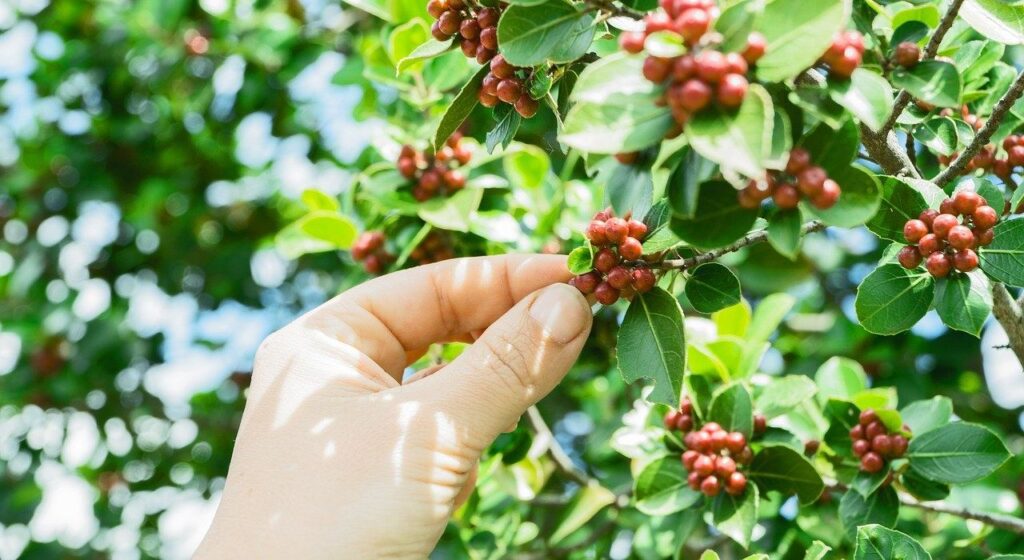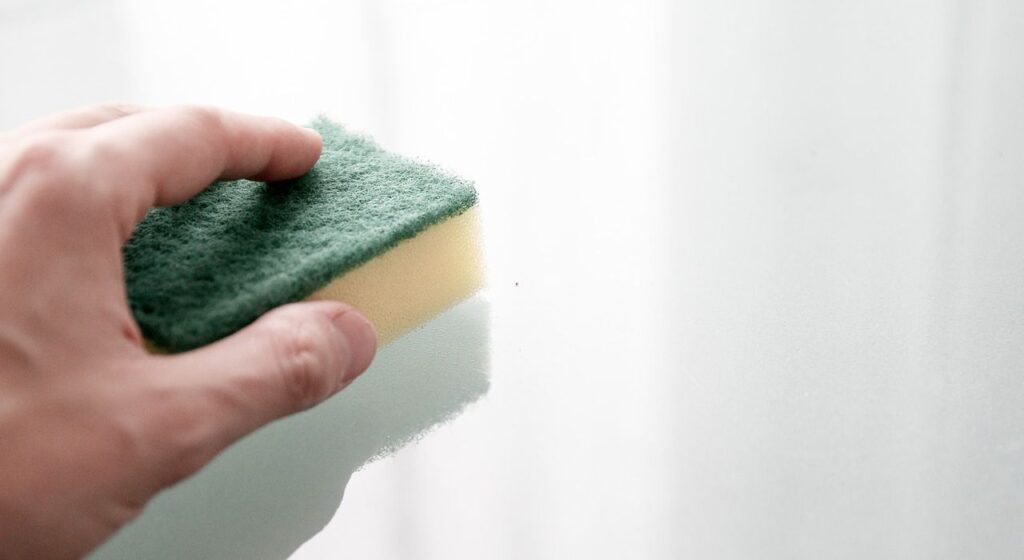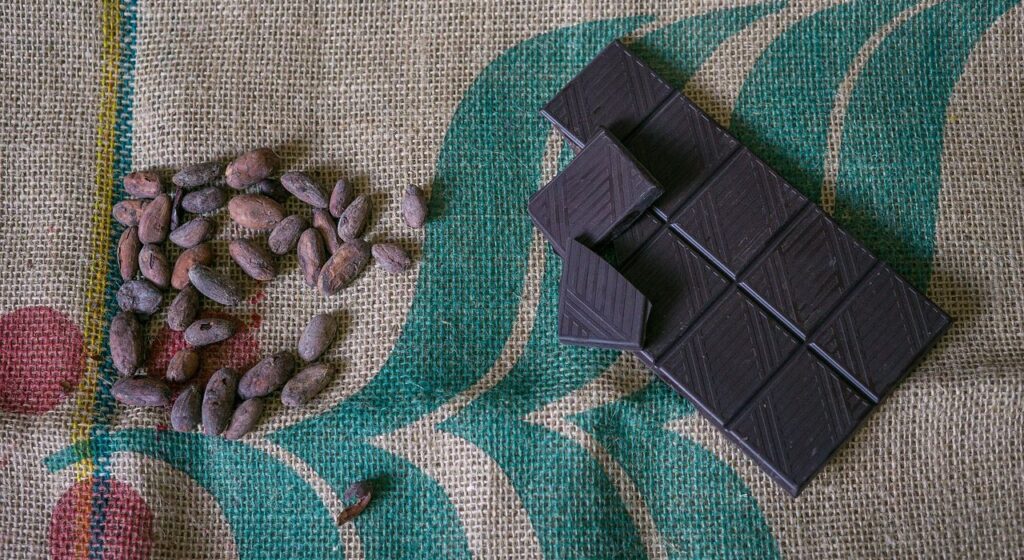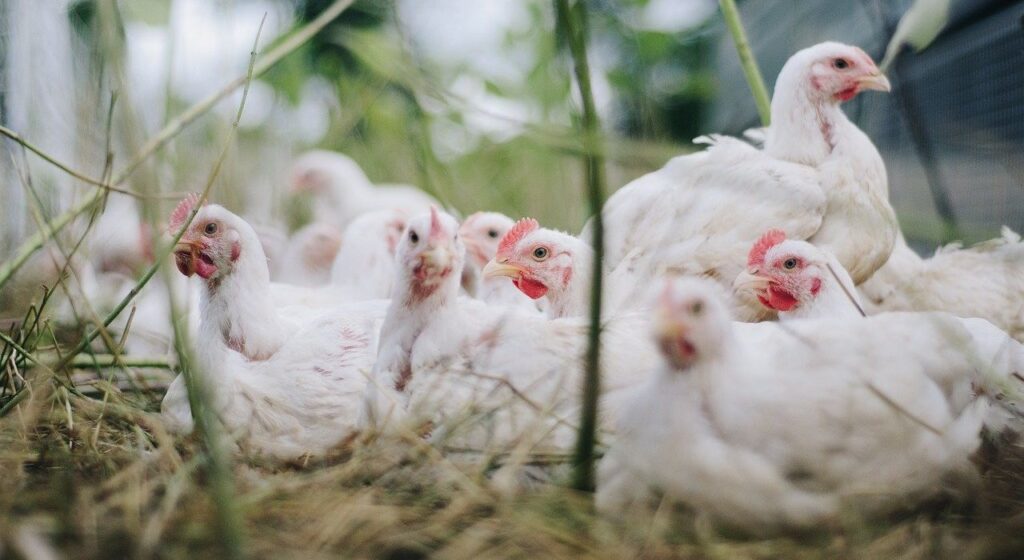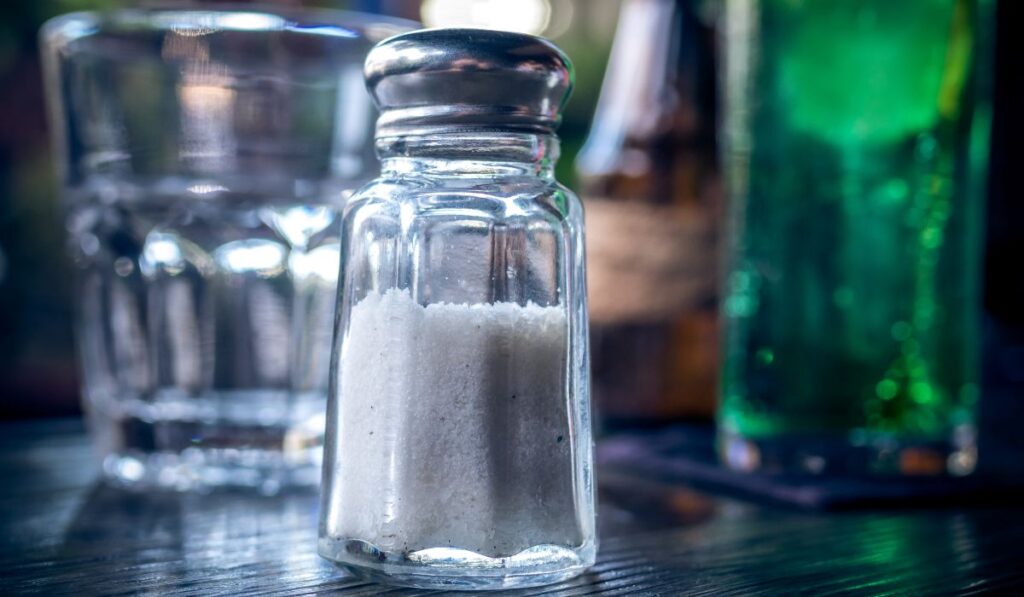April 23, 2021
In an anticipation rejection, every element and limitation of the claimed invention must be found in a single prior art reference, arranged as in the claim.
Read more
April 16, 2021
Ex parte Yim, is a recent decision of the Patent Trial and Appeal Board (PTAB) addressing whether claimed properties were inherent in prior art compositions. In
Read more
April 6, 2021
In February, the Federal Circuit issued a decision in Takeda Pharmaceutical Co. v. Torrent Pharmaceuticals Ltd. concerning the obviousness of a chemical compound. Perhaps the most
Read more
March 31, 2021
A conclusion of obviousness requires that a skilled artisan would have had a reason to combine the teachings of the prior art references to achieve the
Read more
March 26, 2021
In Ex parte Hassler (Appeal 2020-001367), the Patent Trial and Appeal Board (“Board”) considered Appellant’s two arguments rebutting the Examiner’s obviousness rejection based on the combination
Read more
March 19, 2021
Chemical compounds in patent claims often include variables representing different possible substituent groups. For example, a chemical formula may include a variable R1 representing a hydrogen
Read more
March 15, 2021
Intervening rights address the impact on third parties when a patentee makes substantive changes to the scope of patent claims in a post-grant proceeding (reissue, reexamination,
Read more
March 5, 2021
In January of this year we reported on the Federal Circuit decision Donner Technology, LLC v. Pro Stage Gear, LLC, (link here) where the court clarified
Read more
February 24, 2021
When evaluating whether a Petitioner’s inter partes review petition is based on matters previously presented to the Office, the Patent Trial and Appeal Board (“the Board”)
Read more
February 19, 2021
In Ex parte Gomez (Appeal 2020-001462), the Patent Trial and Appeal Board (“Board”) considered an Examiner’s obviousness rejection based on an allegedly overlapping range and, alternatively,
Read more

